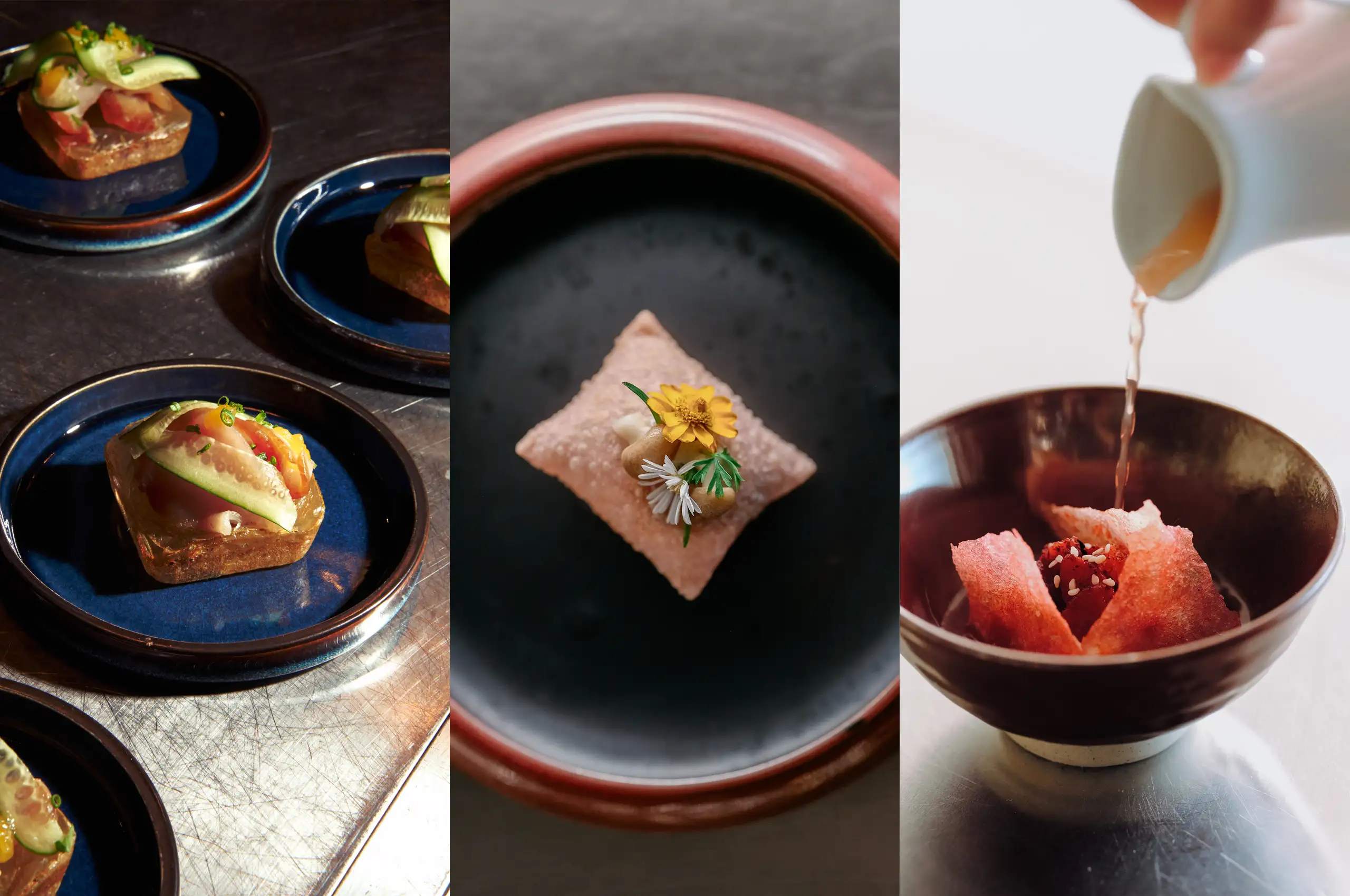While the people of Western Mindanao have always known that their cuisine is rich, distinct, and deeply rooted in identity, those north of the Philippine archipelago have only started to take notice.
The charred, citrusy, and spice-filled taste of tiyula itum, the Tausug people’s take on beef stew mixed with burnt coconut shreds, is unlike anything found in the kitchens of Luzon and Visayas. Curacha alavar, Zamboanga’s show-stopping spanner crab simmered in a golden hot sauce whose recipe is fiercely guarded by local staple Alavar Seafood Restaurant, is rarely tasted (or at least, tasted well) outside of the region.
While other restaurants in Metro Manila have also served dishes from this southern region, it’s now Hapag, an upscale restaurant in Makati, that’s going beyond its comfort zone to expand its palate, hoping to honor the flavors of Western Mindanao.
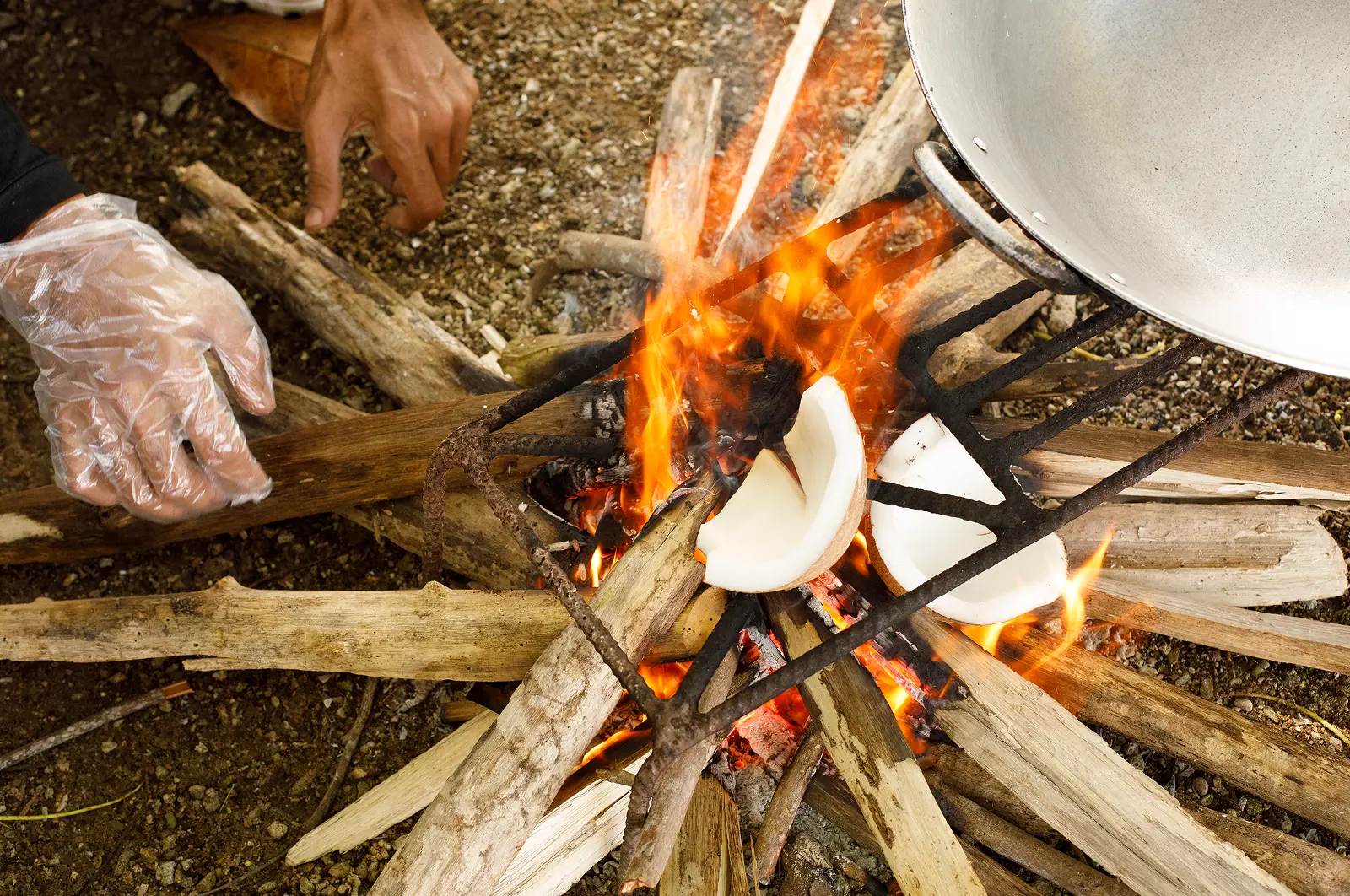
For their next course, nationally acclaimed restaurant Hapag is bringing Western Mindanao cuisine to the heart of Metro Manila’s fine-dining scene. “We want to make Mindanao cuisine for everyone,” Hapag co-owner and head chef John Kevin Navoa told Rolling Stone Philippines. Navoa has run Hapag alongside fellow co-founder and head chef Thirdy Dolatre since 2017, when the high-end restaurant first started as a private dining company. Since then, Hapag has evolved into an intimate, multi-course dining experience featuring seasonal menus that spotlight the diverse cuisines of the Philippines’ regions.
Previously, Hapag offered a Western Visayan menu, where they celebrated the flavors of kinilaw, tambo, piaya, and more to the people of Manila. Their Western Mindanao menu is set to hit Hapag’s tables on May 20.
“This new project is all about exploring the unknown,” Dolatre told Rolling Stone Philippines. “I grew up in a household mostly from the North, and for the past five years, I’ve mainly only been cooking Filipino food that I know. But with the Western Mindanao menu, it was actually one of the hardest menus we’ve ever done because there’s a lot more research involved, and there was no familiarity in terms of cooking.”
Beyond Manila
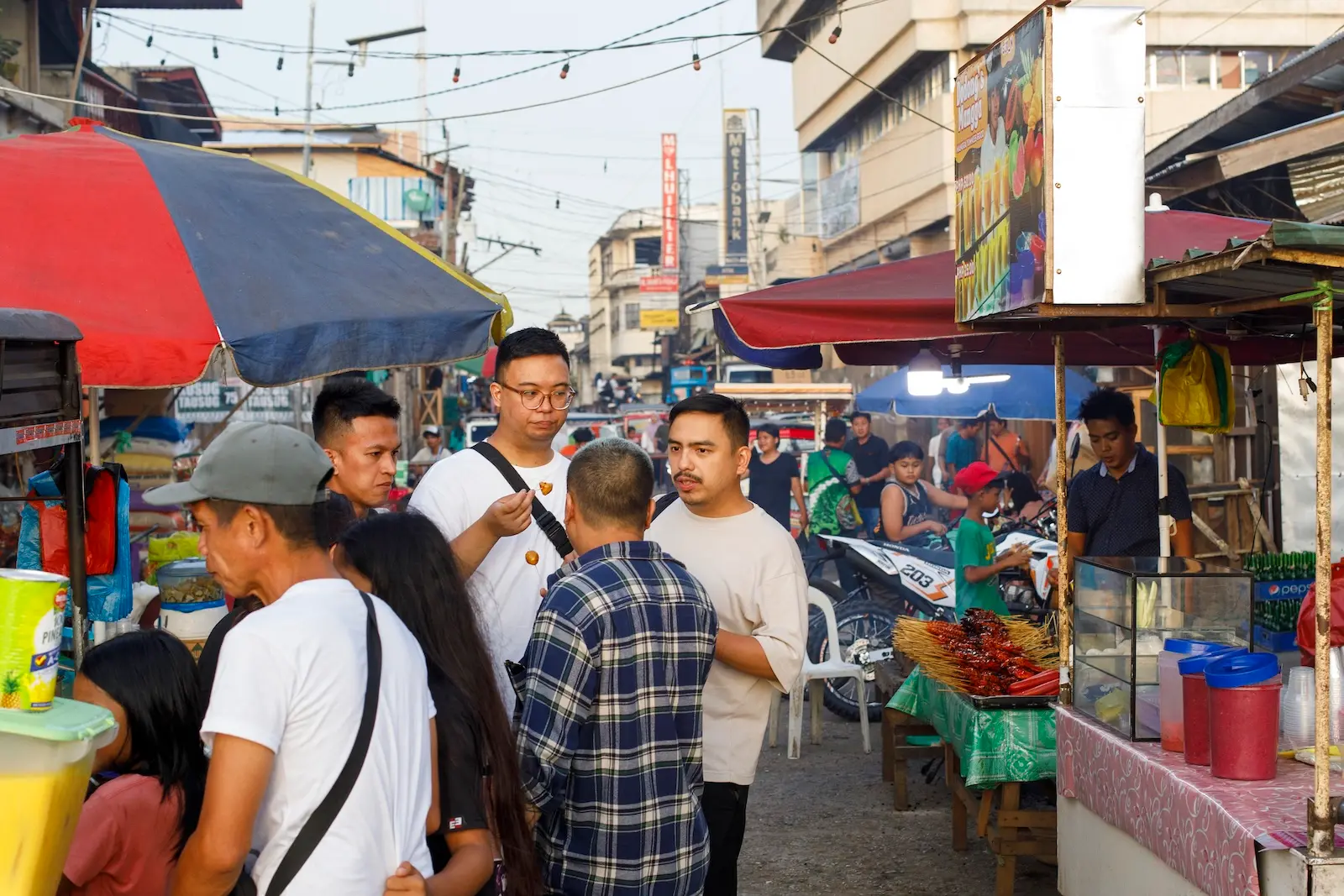
But critics from all corners of society and social media will be quick to ask: why and why Hapag? Is this Makati-based, cosmopolitan restaurant really the right fit to bring Western Mindananoan cuisine to Manila? At what point does creative curiosity become cultural appropriation?
The two chefs, along with Hapag operations director and sommelier Erin Recto, are fully aware of the cultural tightrope they’re walking. “Admittedly, we didn’t have enough knowledge about Mindanao at first,” said Nav. “But that was why we really wanted to go to Zamboanga and the other southern regions first: we wanted to experience their different cultures for ourselves.”
The trio paid a visit to Zamboanga, Basilan, and Tawi-Tawi, which make up three-fourths of Western Mindanao’s culinary hotspots, or ZamBaSulTa for short. “We made sure to visit all the local markets and talk to the vendors there,” said Dolatre. In Basilan, they visited Lamitan Public Market, where they learned how to make several of the specialty dishes of the Yakan people, indigenous to the island and known for sweet delicacies such as ja and panyam.
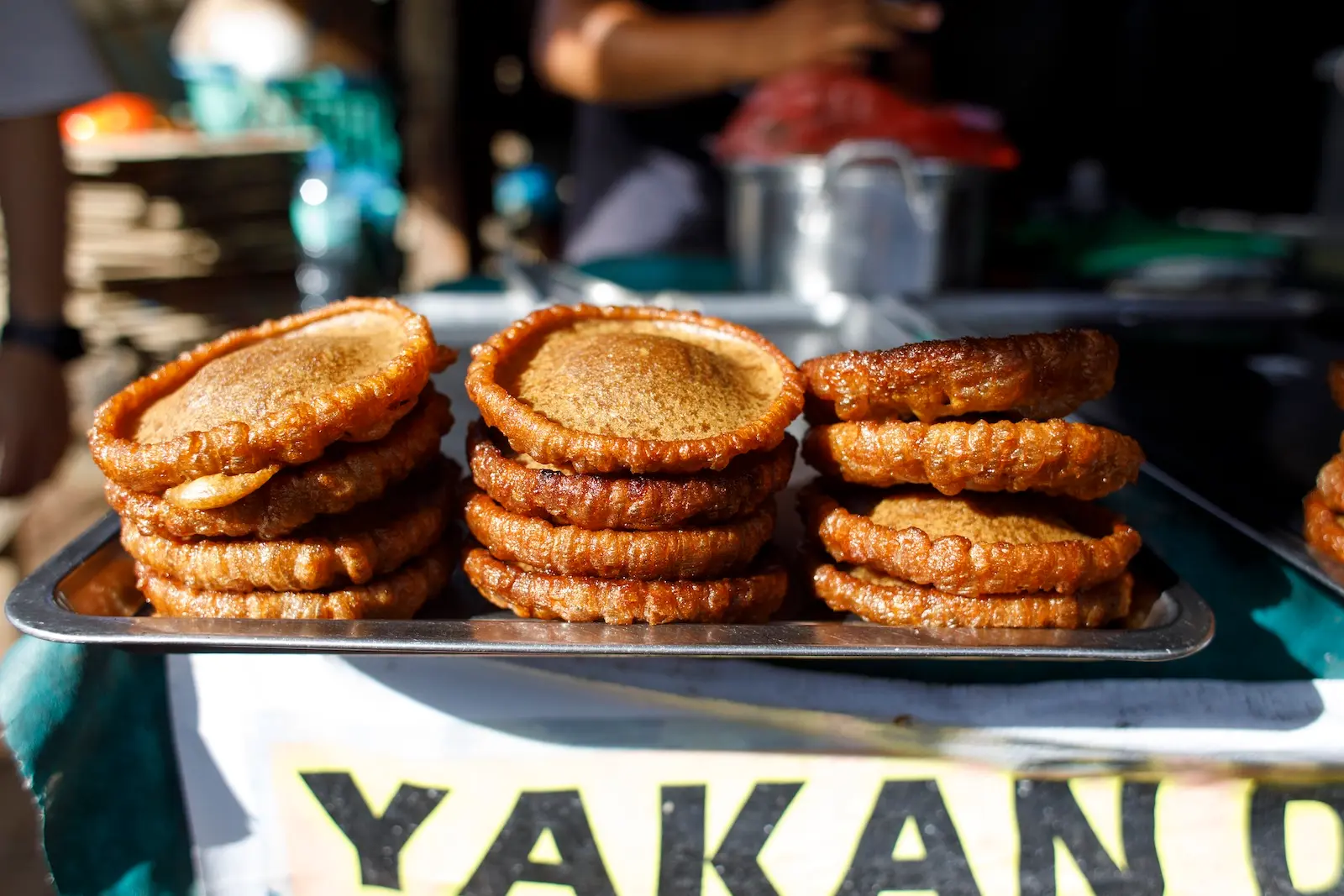
The group also visited Marang Marang, a floating cottage in the waters off Isabela City in Basilan, where they were introduced to heirloom dishes such as oko-oko, or rice cooked in the shell of a sea urchin, and junay, or rice wrapped in banana leaves with burnt coconut meat and served with a soft-boiled egg.
“Everyone was so willing to share their knowledge on their culture and food,” Recto told Rolling Stone Philippines. “So we want to treat that with the utmost respect and make sure we do our best with presenting this menu.”
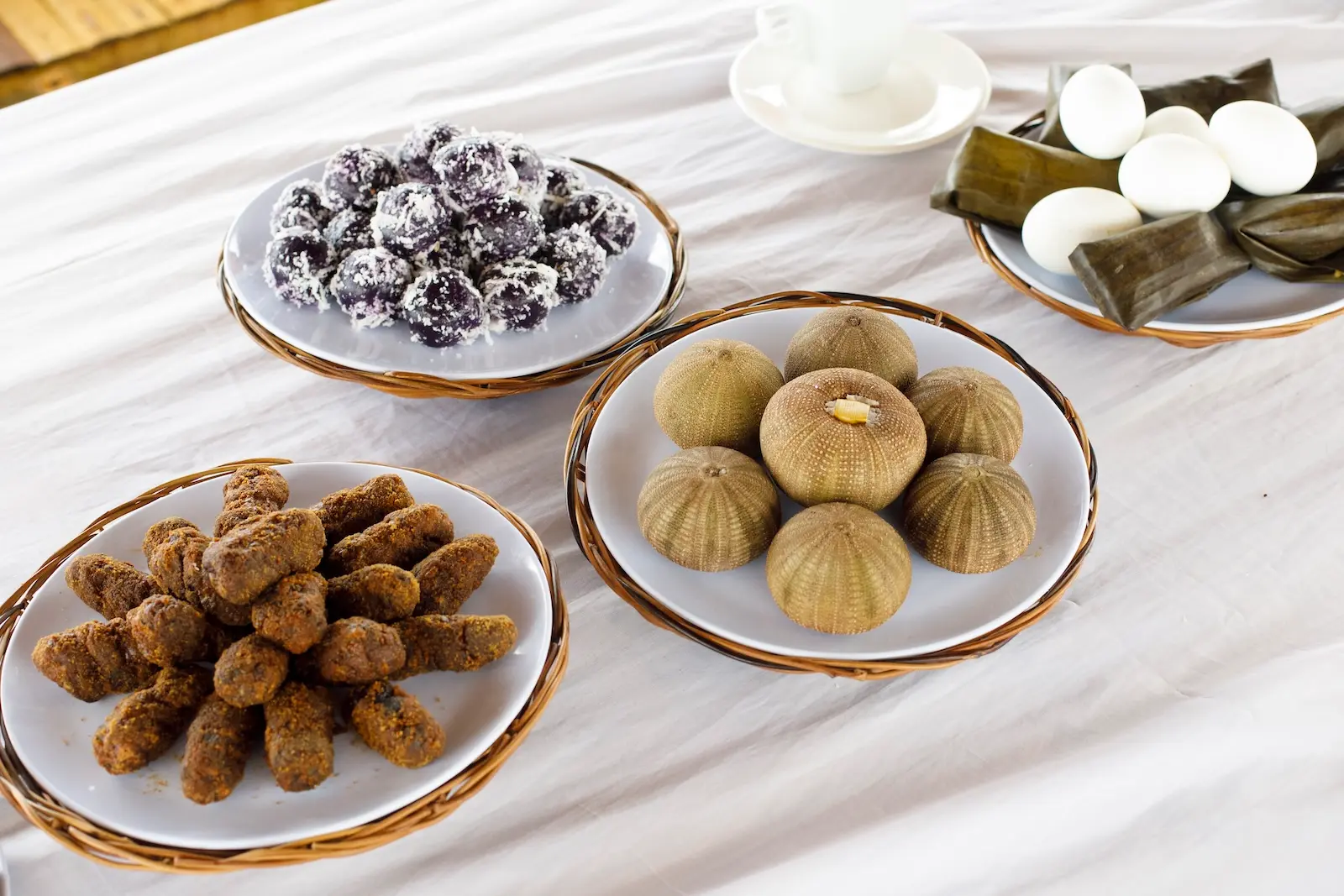
When asked if their take on the region’s cuisine would preserve its original flavors, the three admitted that this had been one of their bigger challenges with the menu. “We’re trying to preserve the idea of traditional flavors,” said Navoa, “but make them more approachable to Manileños so that we can bridge the gap.”
Additionally, the restaurant is making an effort to honor the region’s religious practices, especially since many recipes come from Muslim communities where halal guidelines shape how food is prepared. “There’s no pork at all on our menu,” said Recto. “And, as a sommelier, I had to do a lot of research to give Hapag’s first ever non-alcoholic pairing option. It’s difficult, but I wanted to stay true to the palettes of our brothers and sisters in Mindanao.”
The trio sees this as just the beginning of a deeper dive into Mindanaoan cuisine. As the menu continues to evolve, so does their understanding of the region. “It’s very different from what we’ve been doing,” said Dolatre, “but it’s also something that’s so special and exciting to us, too. This menu is really all about the unknown and to understand it deeper.”



